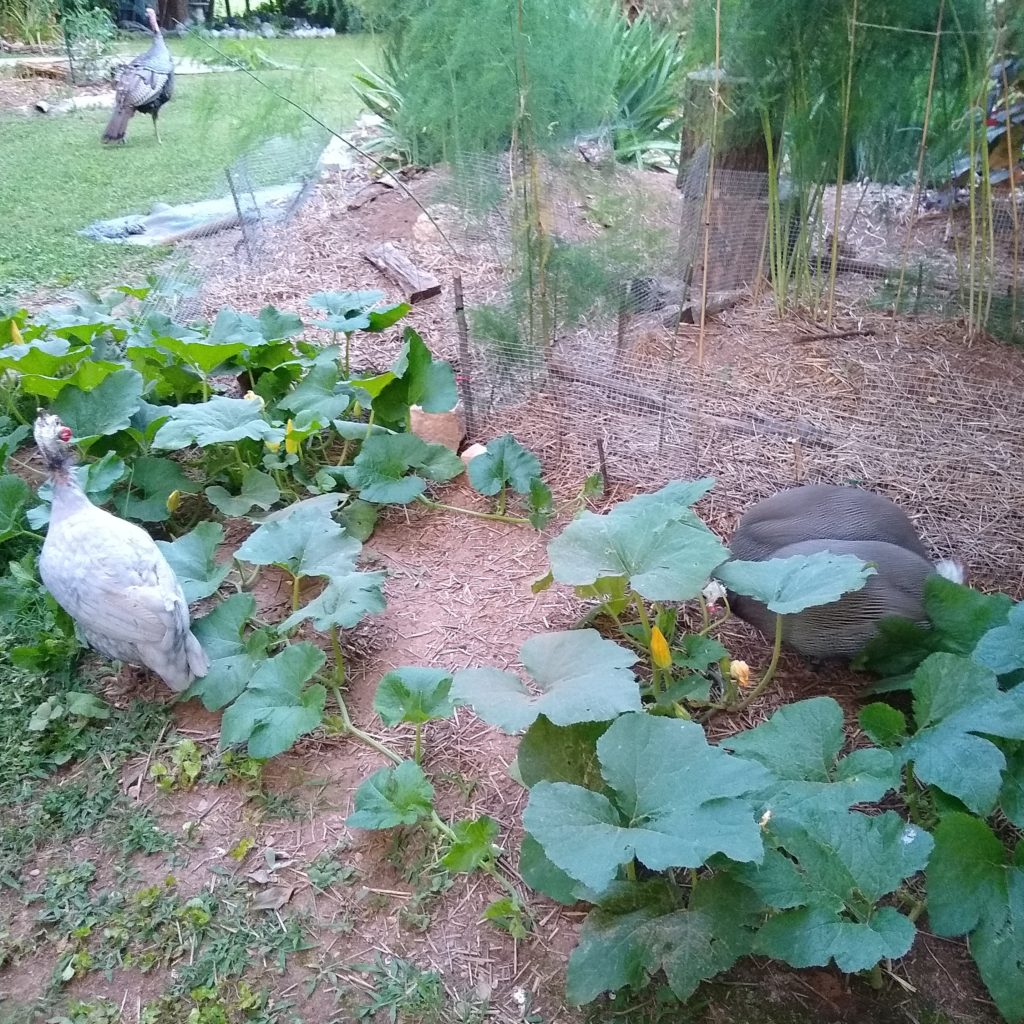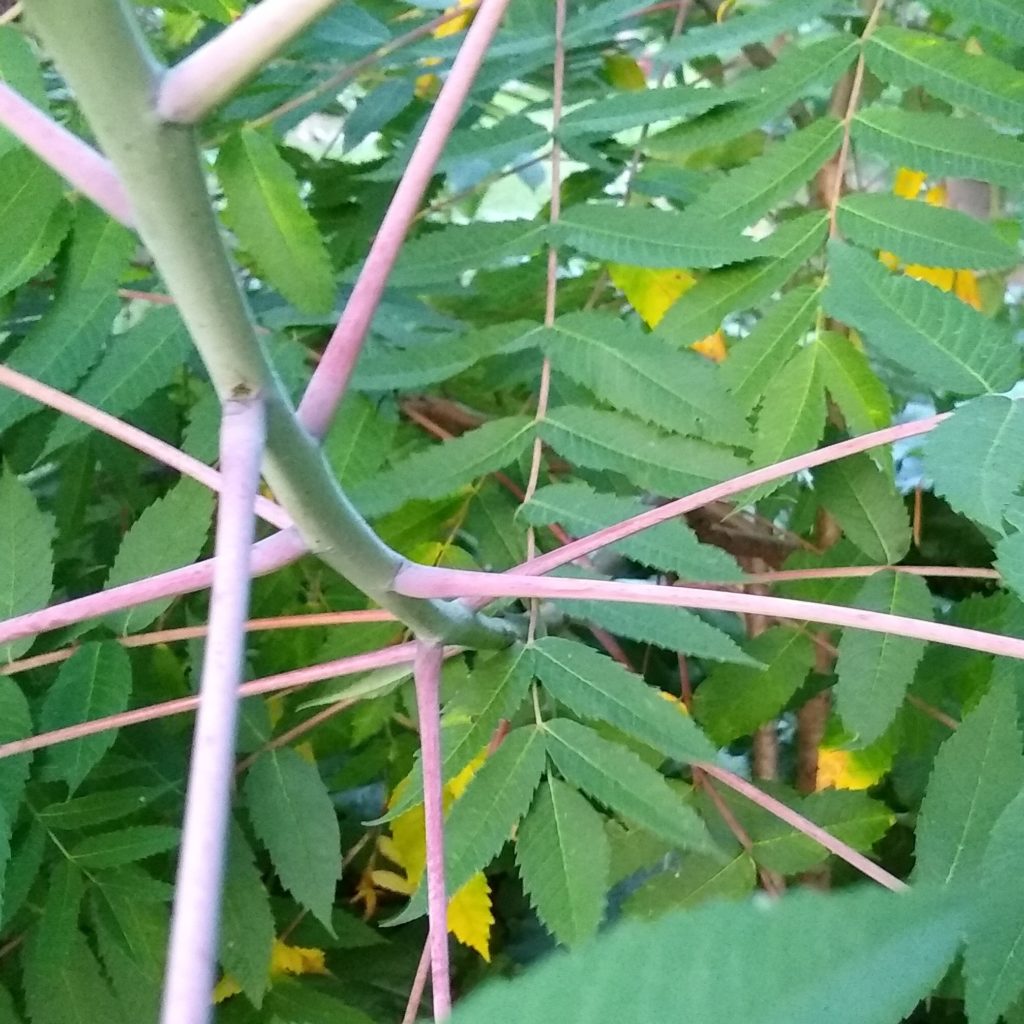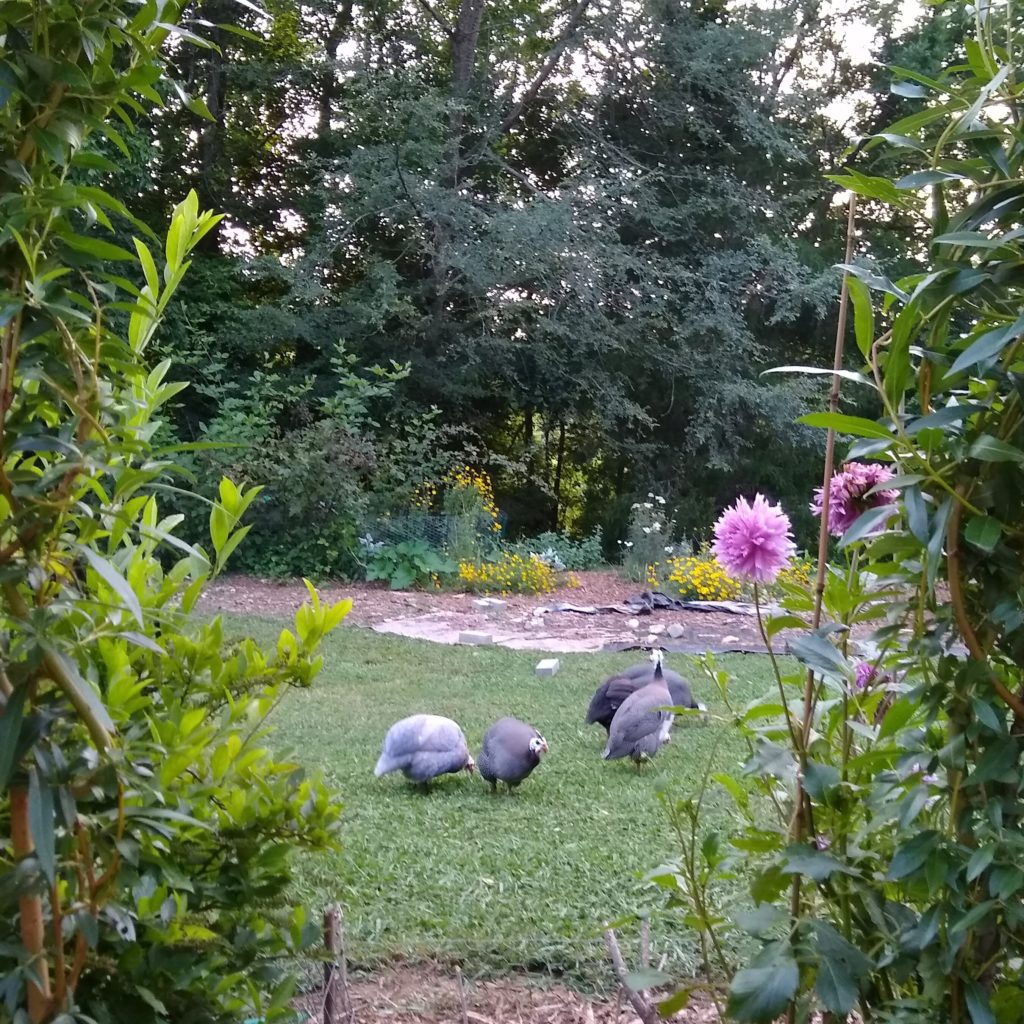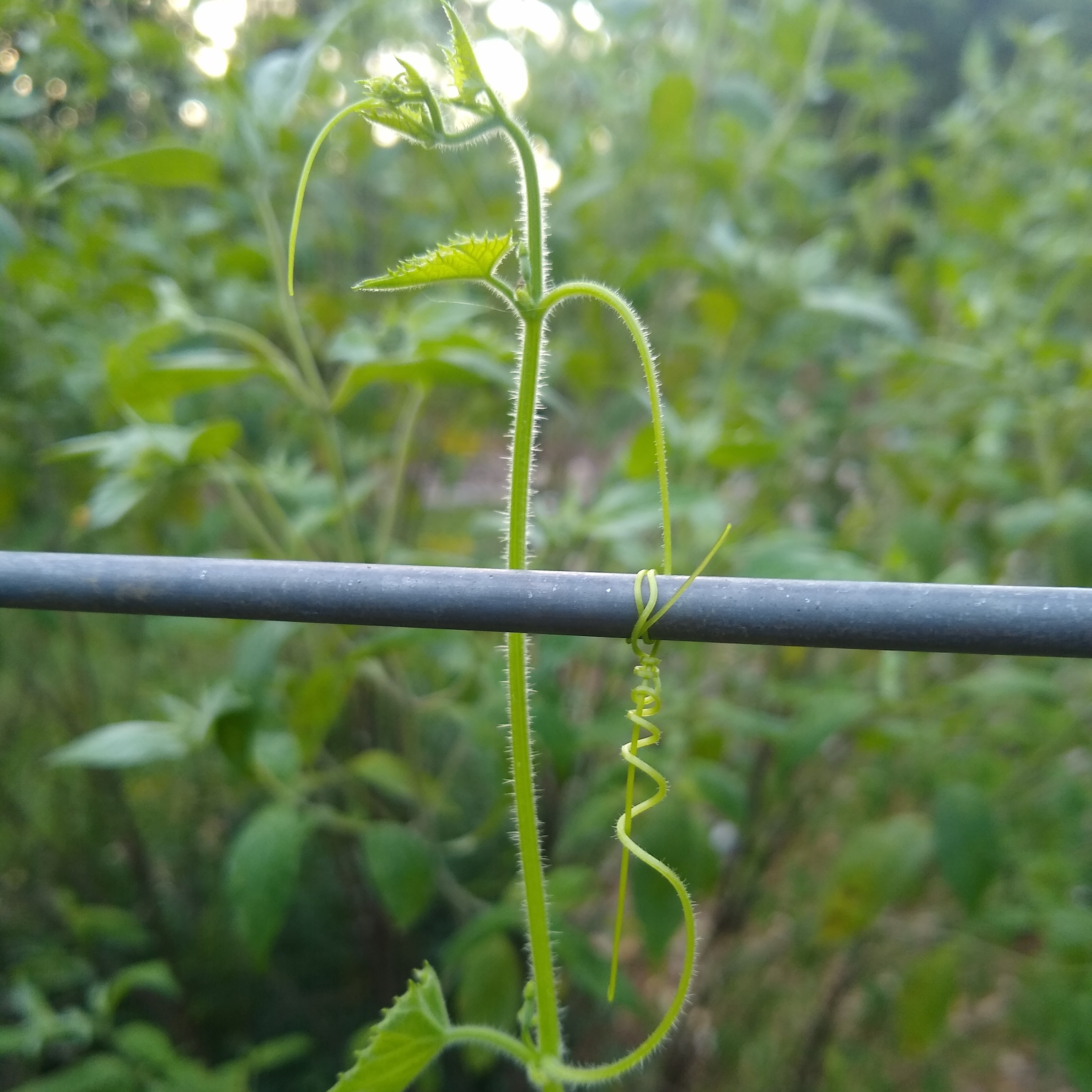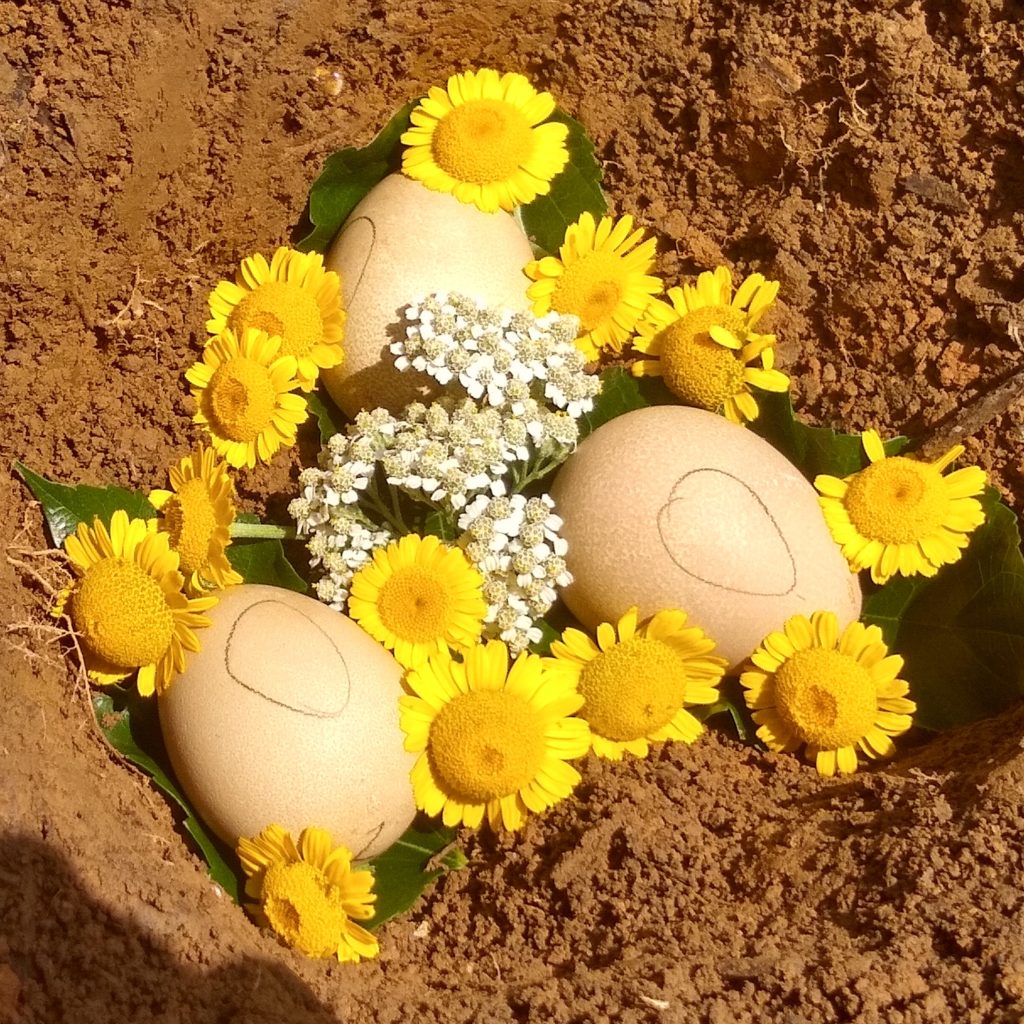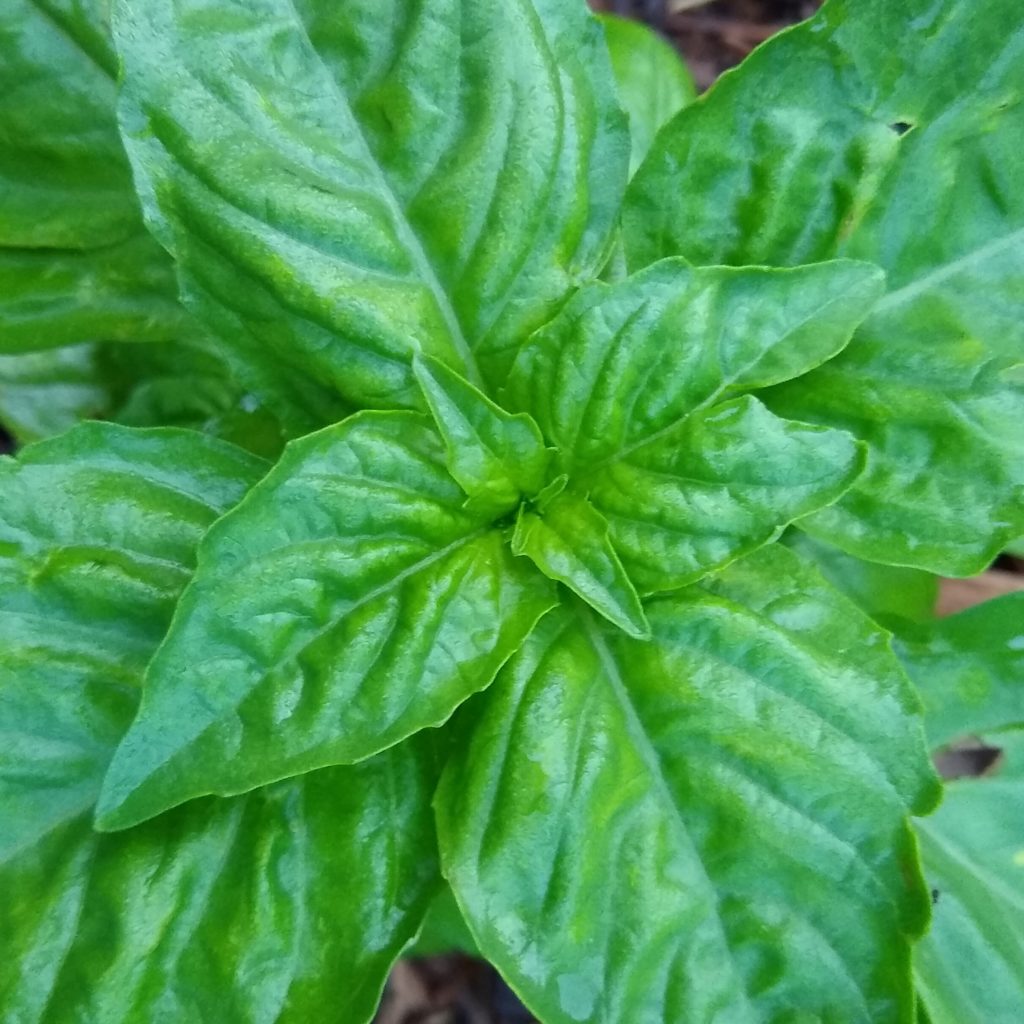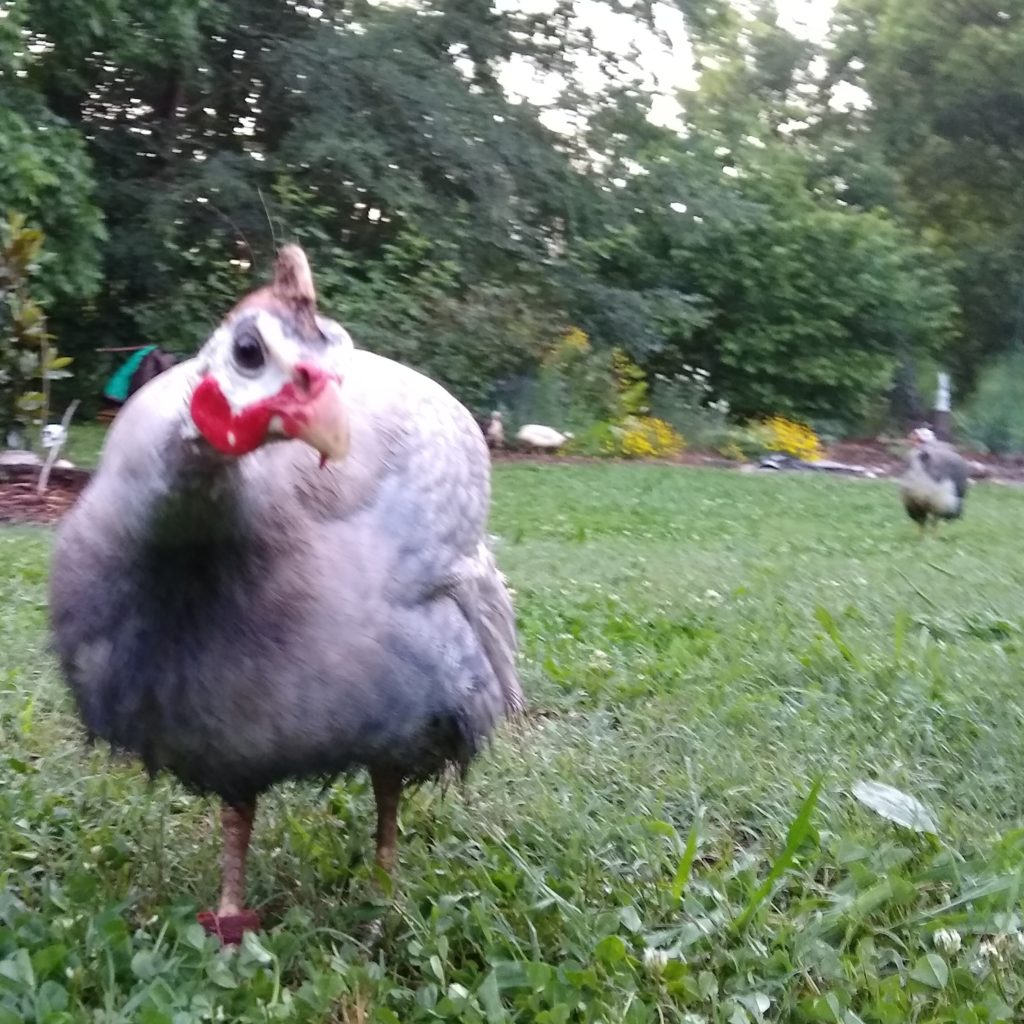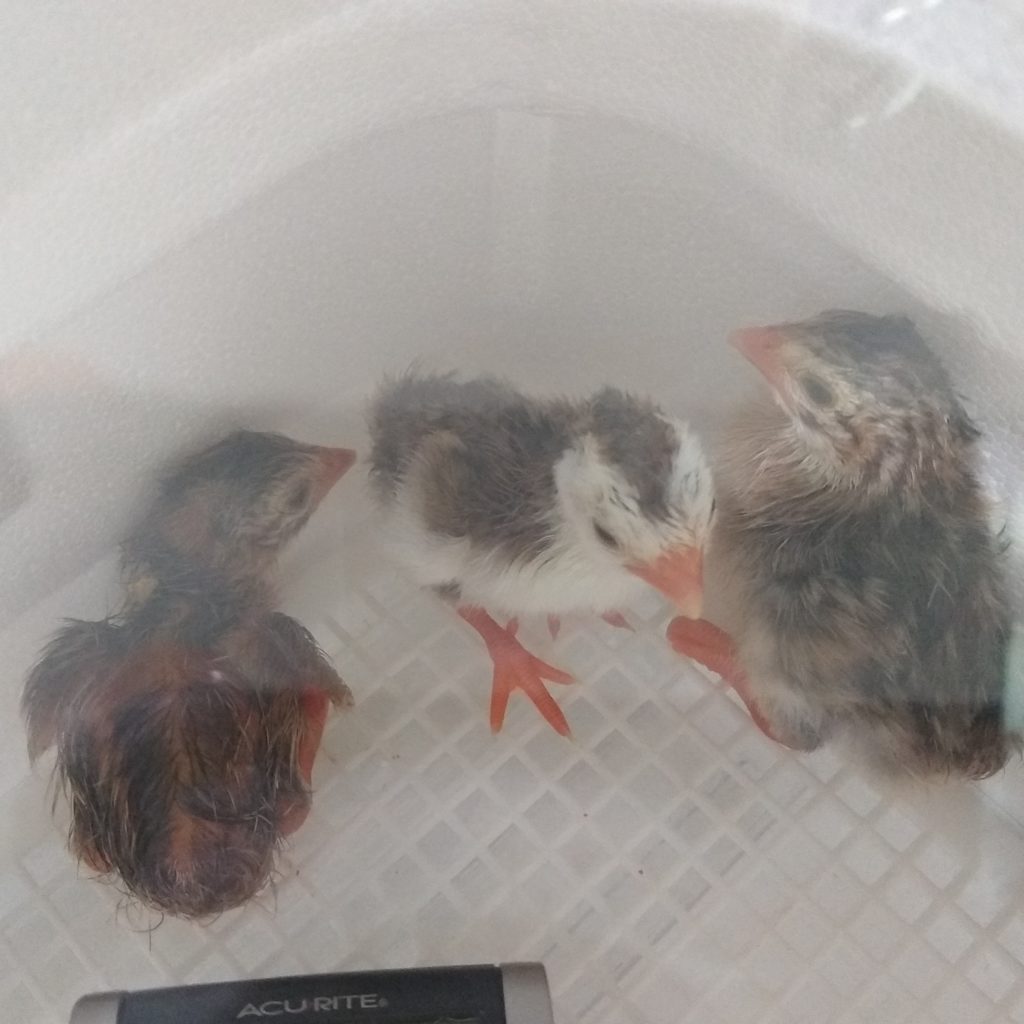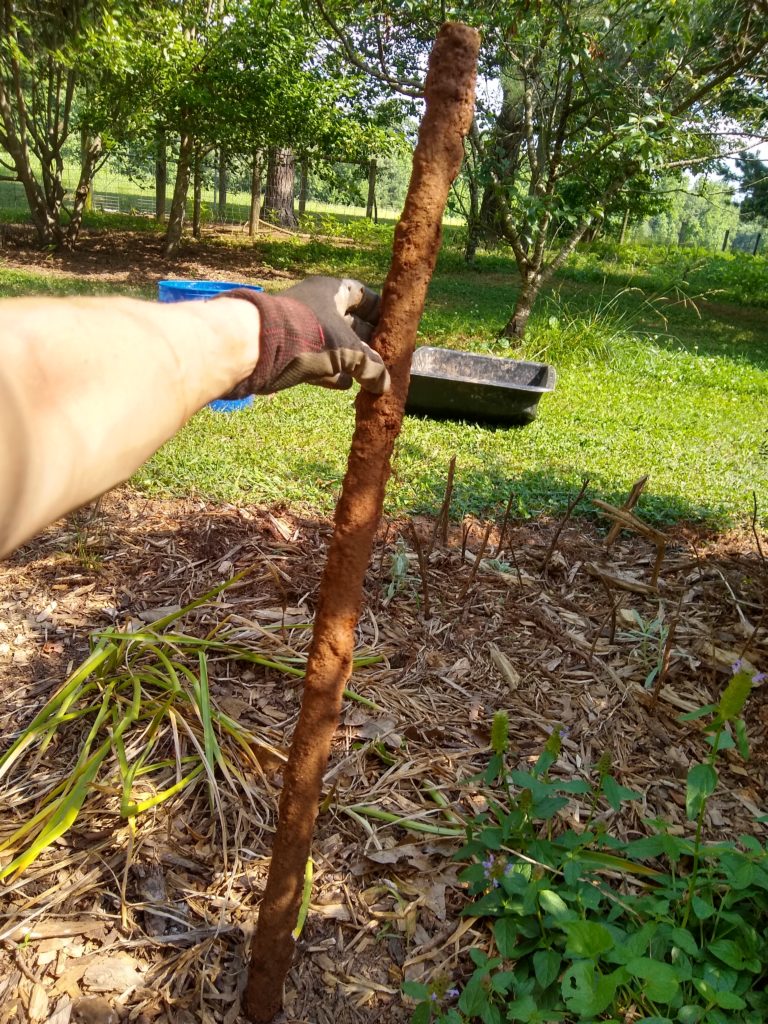I mean, I knew that goats were smart. It’s obvious. Christian Nawroth’s research (and that of others) continues to prove it.
But my goats recently surprised me. Let me tell you the story.
The goat shed gives the four Nigerian Dwarf goats access to the large pasture. (Large here is relative—the whole property is ~1.25 acres!) There is a small fenced area on the other side of the house from the goat shed that I haven’t done anything with, so when the weather is nice I move the goats over there.
My initial method of moving the goats there and back was:
- Tether Emerson and Delilah (siblings who *freak out*—especially Delilah—when separated) in the goat shed.
- Attach leashes to Gimlet’s and Toddy’s collars.
- Open the gate on the front of the goat shed and run like hell, being half-dragged by two goats across my yard to the smaller fenced area.
- Tether Gimlet and Toddy to fence posts.
- Return to goat shed for Emerson and Delilah and repeat mad run.
- Close fenced area gate, let Emerson and Delilah off leash, and untether Gimlet and Toddy.
- Sneak out of fenced area gate (which only opens in one direction, and it’s the wrong direction for dealing with goats)
So, I had a bad fall in some mud on one of these mad runs back in the early spring and it kind of scared me. At some point I have to take getting older and the increased fragility from certain conditions seriously and start acting like it, right? Sigh.
At that point I modified the above procedure to move one goat at a time. I would start with Gimlet first and put him back last, because he is better than the others about walking on a leash.
And that was some better, but ye gods, for being so small, these goats are freakishly strong, and the three who are not moved first are Highly Motivated to re-form the herd, and they run FAST. Then I got a repetitive stress injury in my elbow (due to something else unrelated), and tried to move the goats using only one arm, and I decided this was all ridiculous. I could not continue letting goats drag me around in a dangerous manner.
The goats must learn to walk in a calm, controlled way between their enclosures!
Cue laughter
The first time I moved them after deciding this, I had treats in my pocket. As soon as a goat began to rush ahead, pulling on the leash, I just dropped to the ground and sat there until they quit pulling at the leash and turned their attention to me. Then I gave a treat.
For each goat other than Gimlet, I estimate it took about 12 stop-starts like this to make to the smaller pasture.
Going back to the shed in the evening, they are more likely to run like hell because that’s home and it is getting dark-ish and they are not in it. But we still managed to get there with only about 9 stop-starts.
That day was the only day I did this with treats. I moved them again the following weekend, with fewer stop-starts needed each time. And then yesterday morning with even fewer.
And then yesterday evening I was so proud of them! We all went back to the goat shed with NO STOP-STARTS. Just calm walking next to me!
So, that was six training sessions. Two per day, but the days were each a week apart. And they learned! SMART GOATS!
I have no illusions that all future transfers will go so smoothly, but I’m really proud of them and pleased at their progress.
